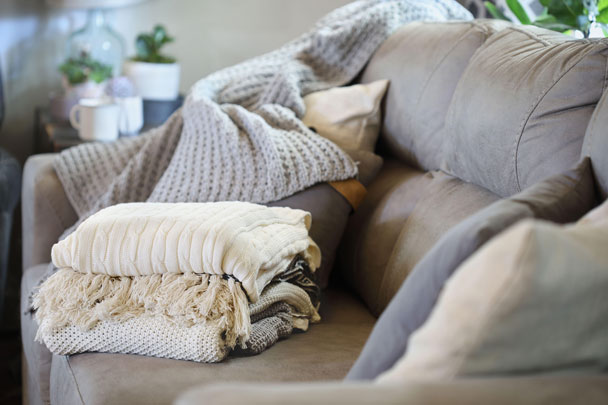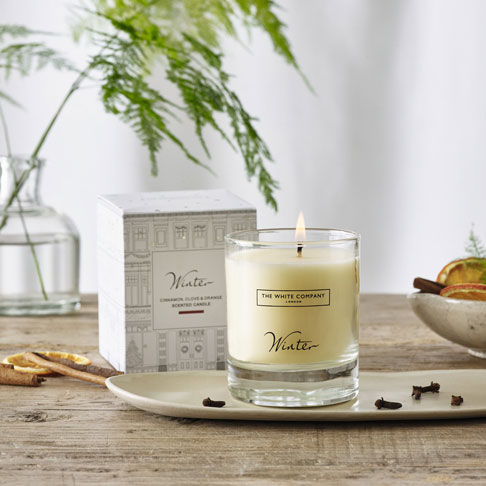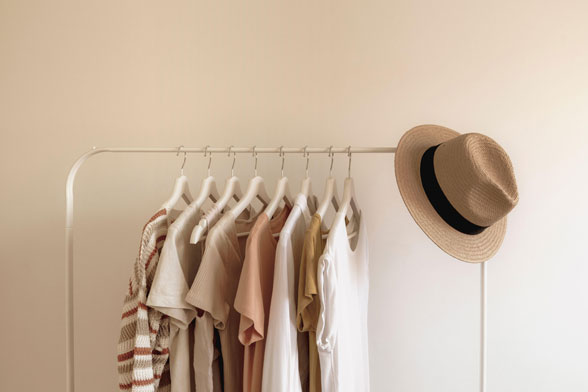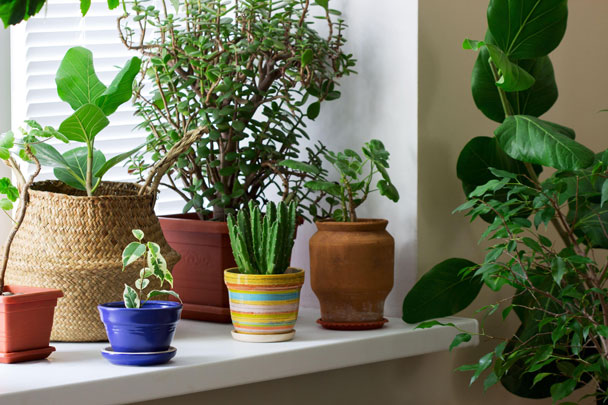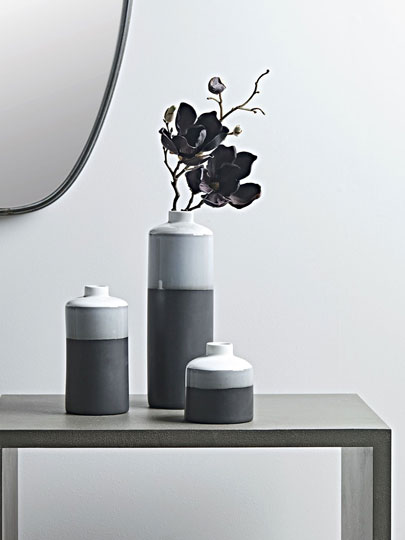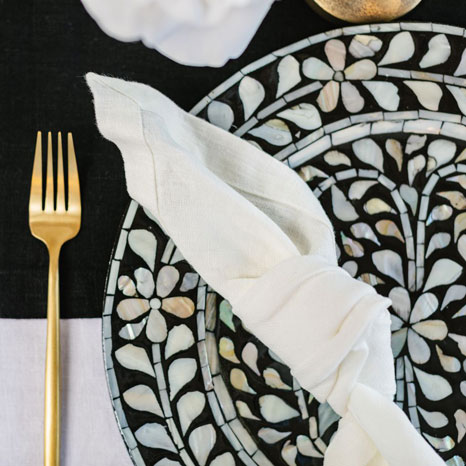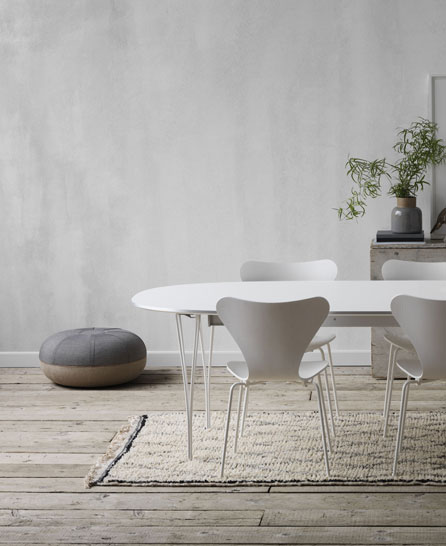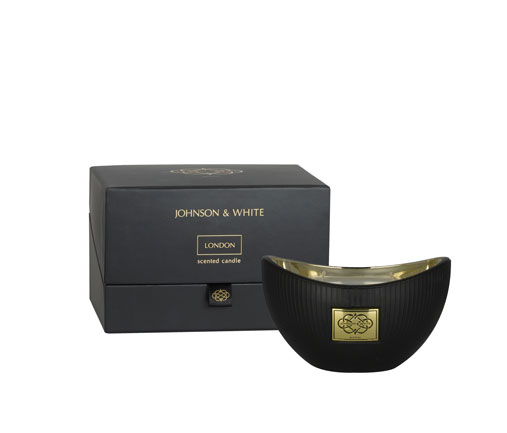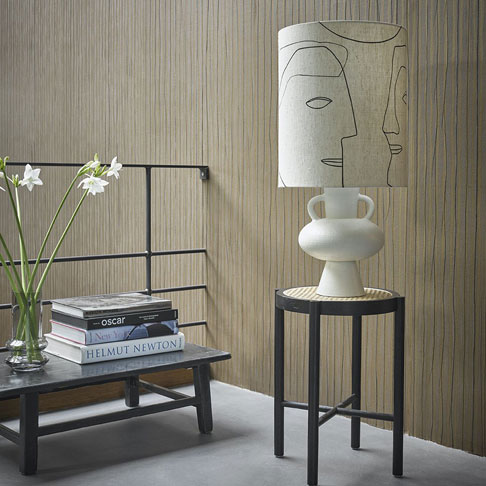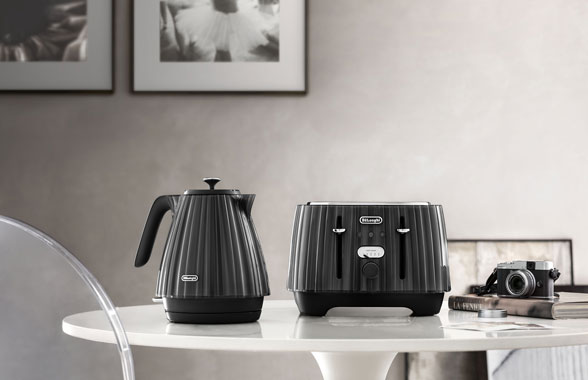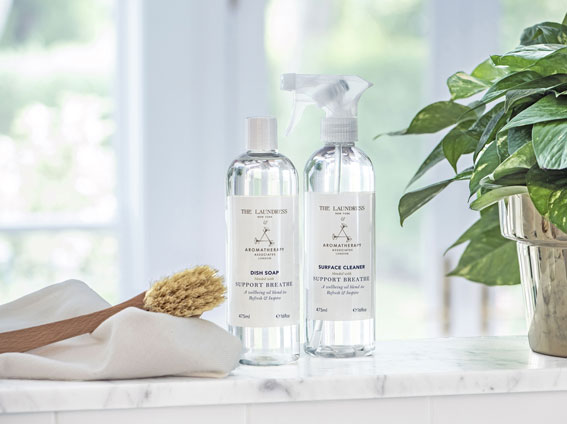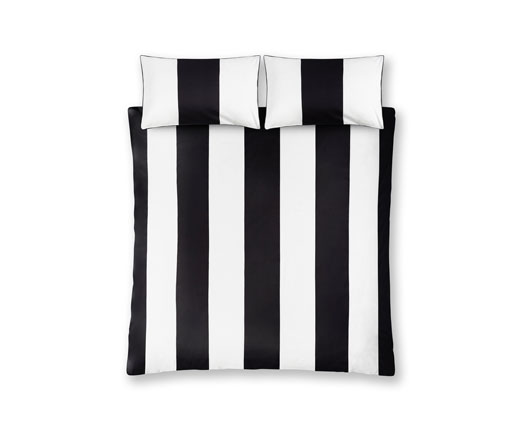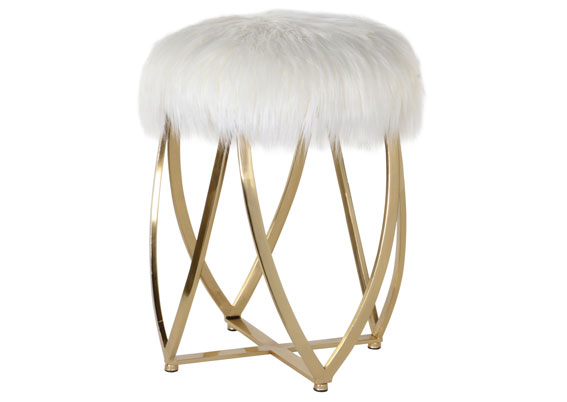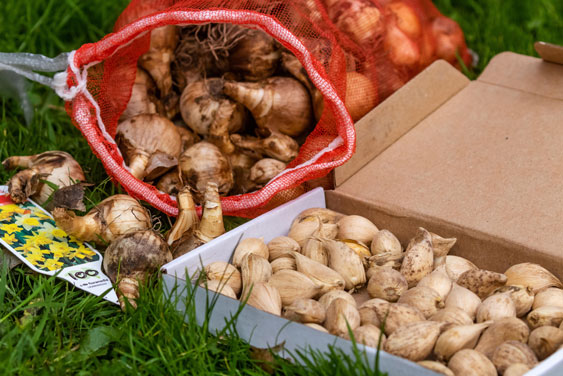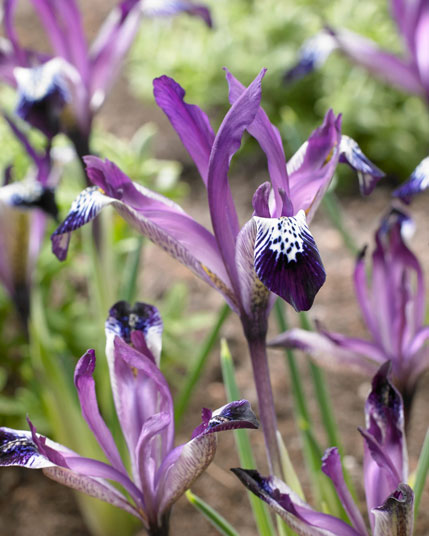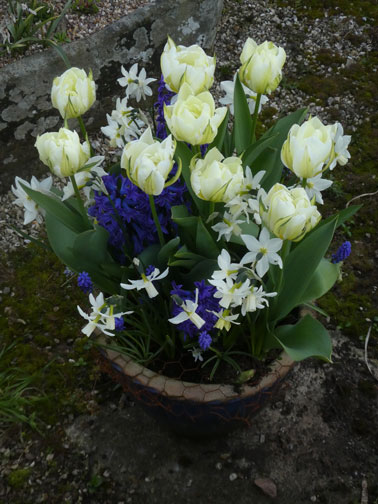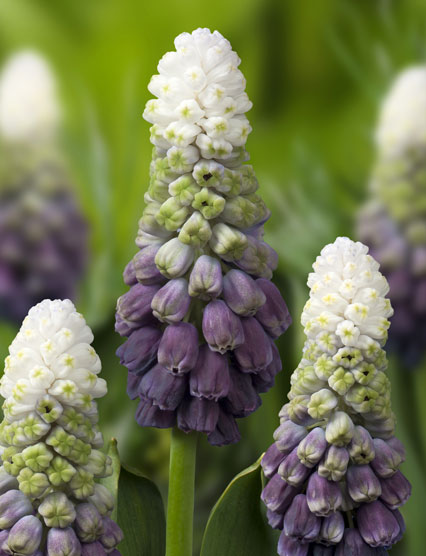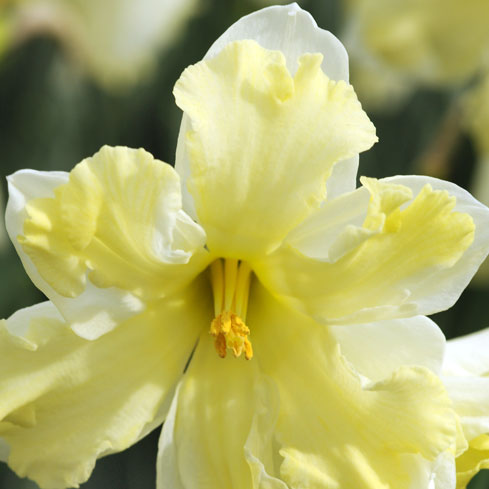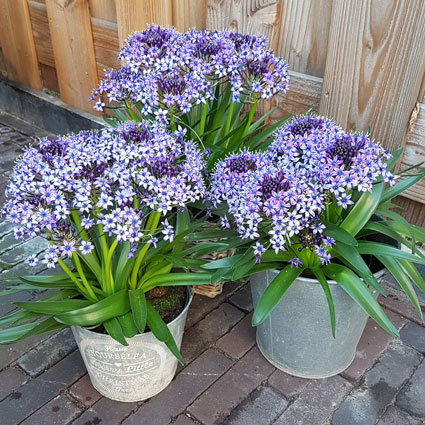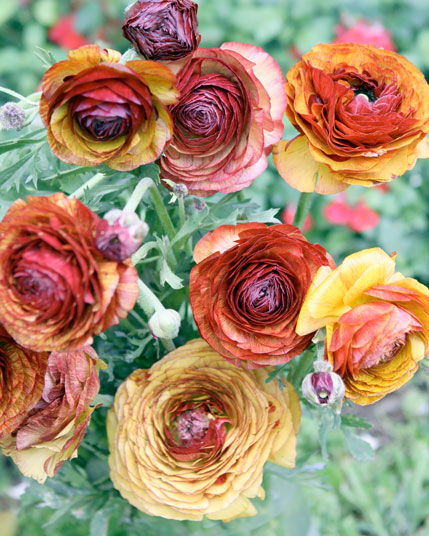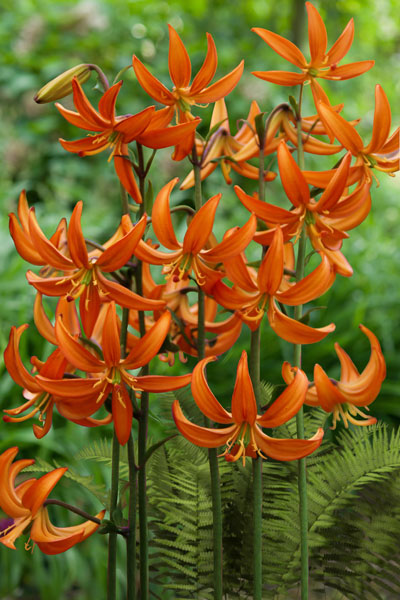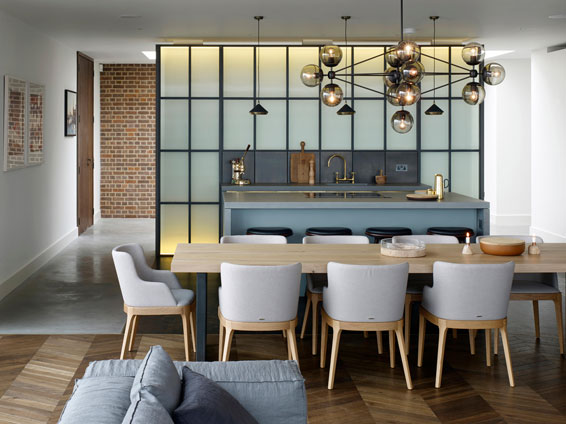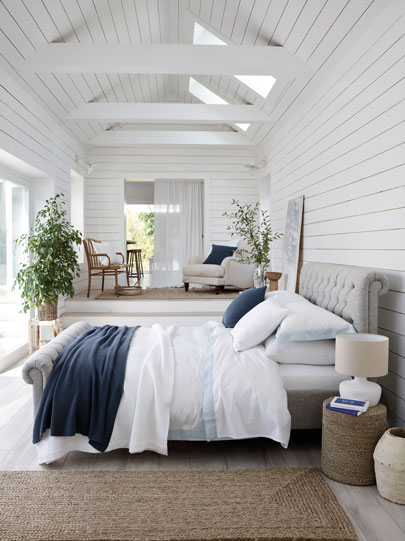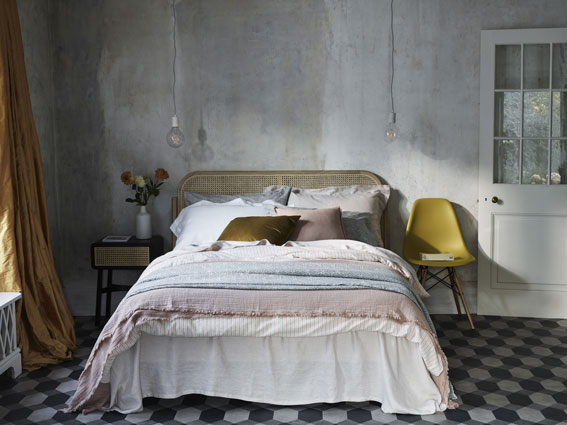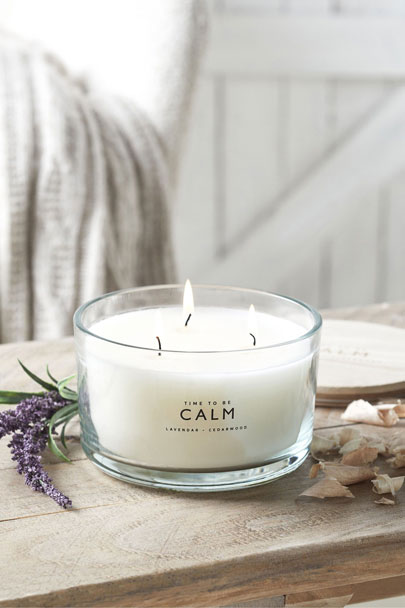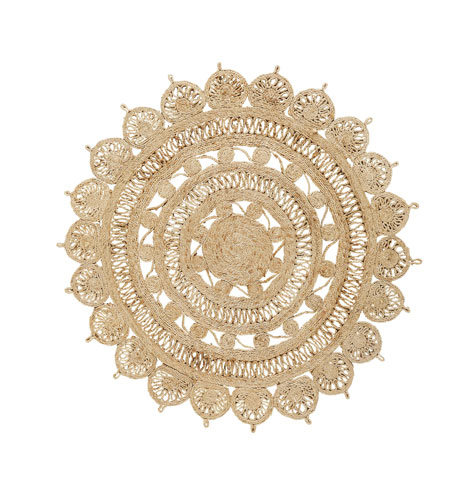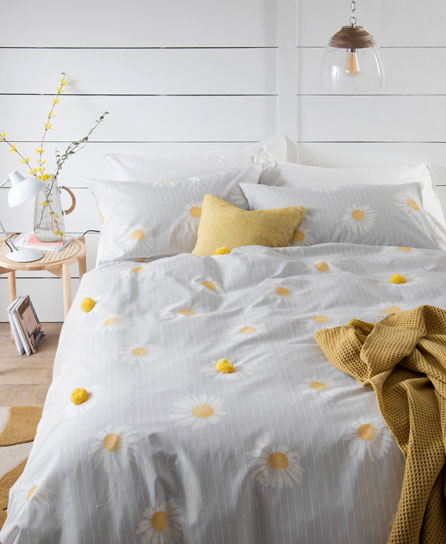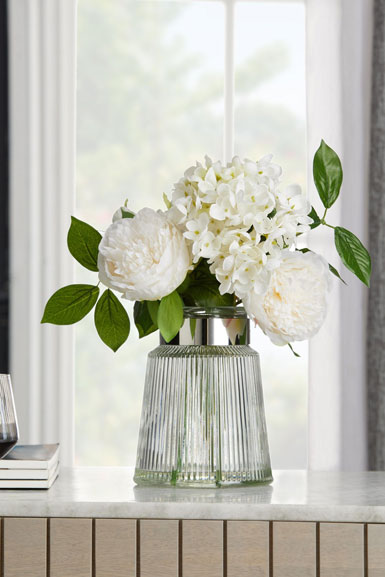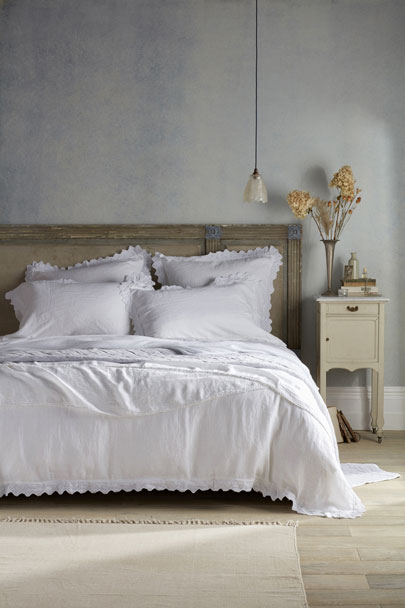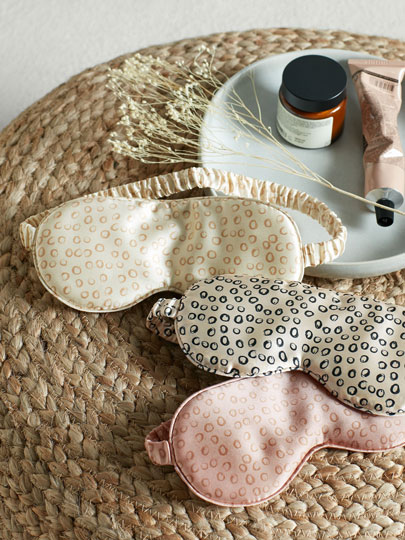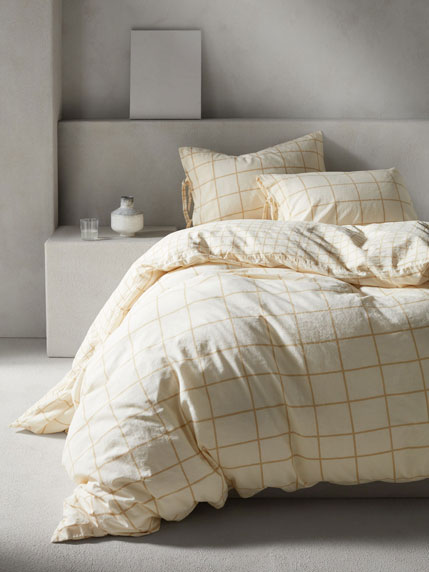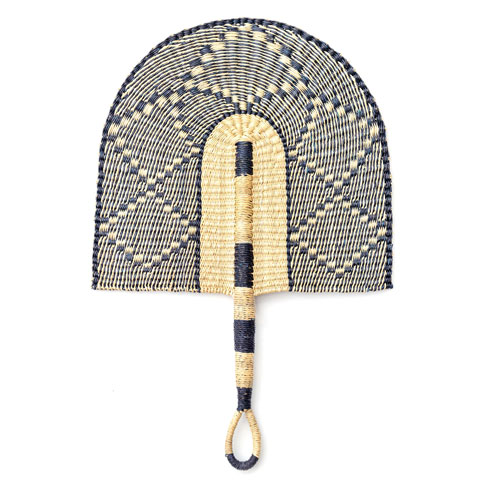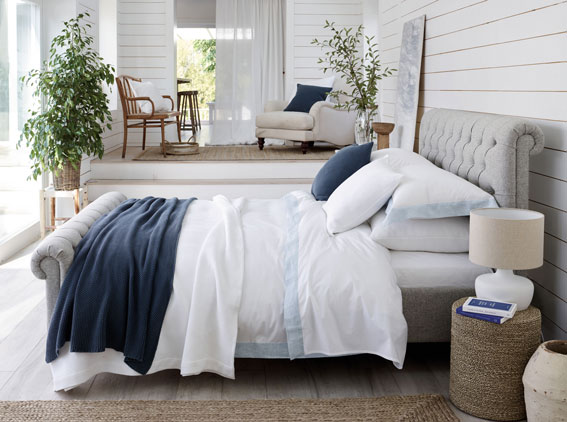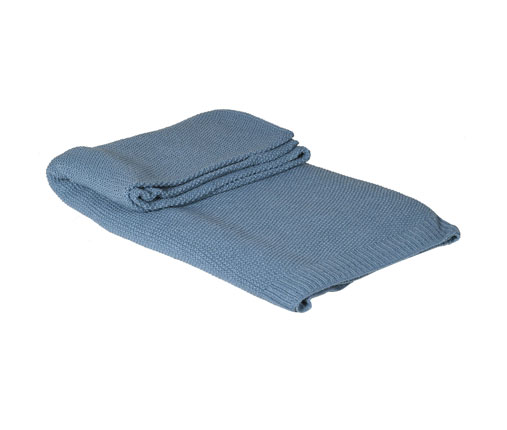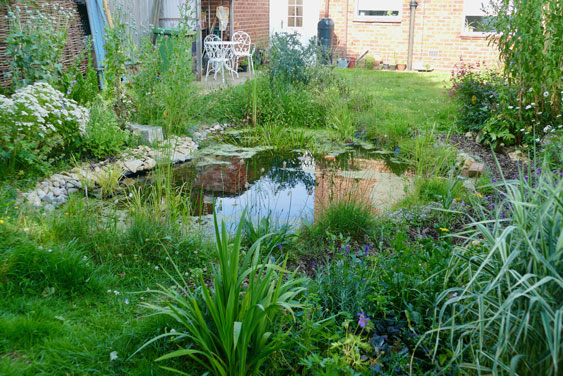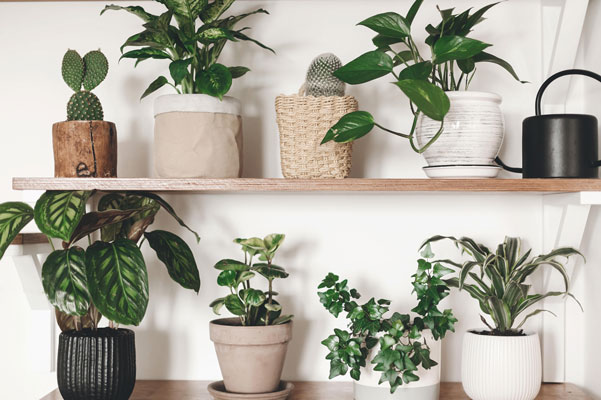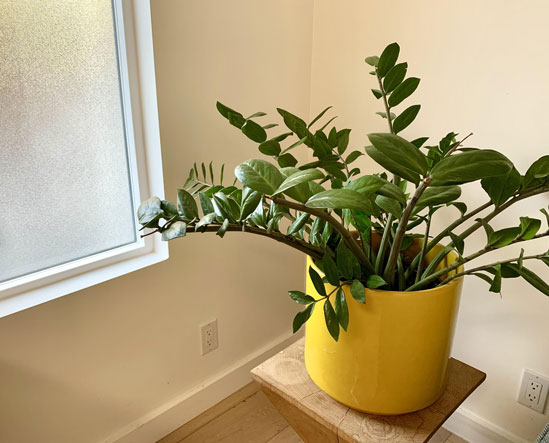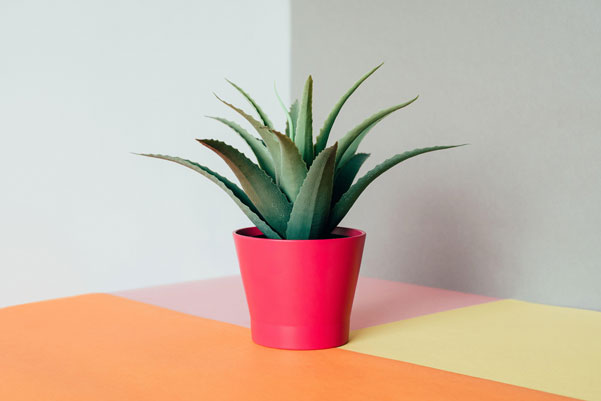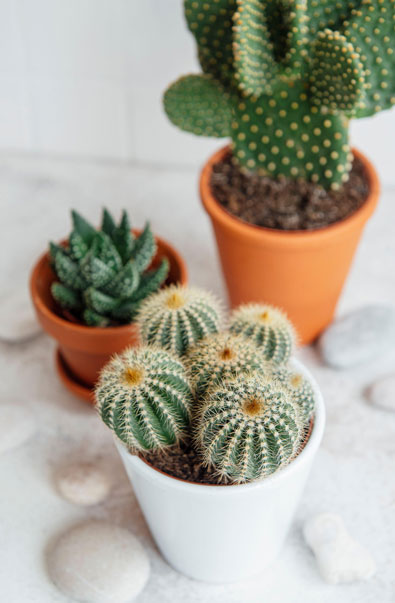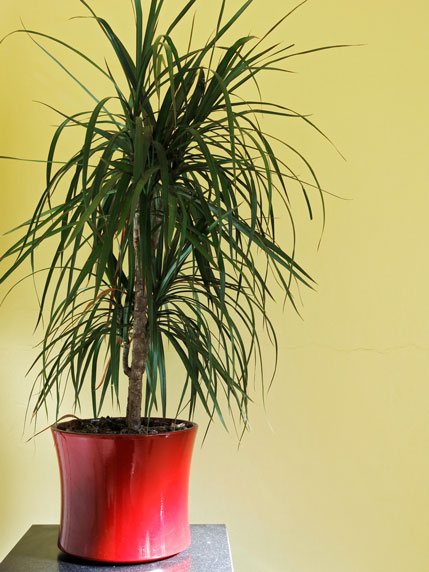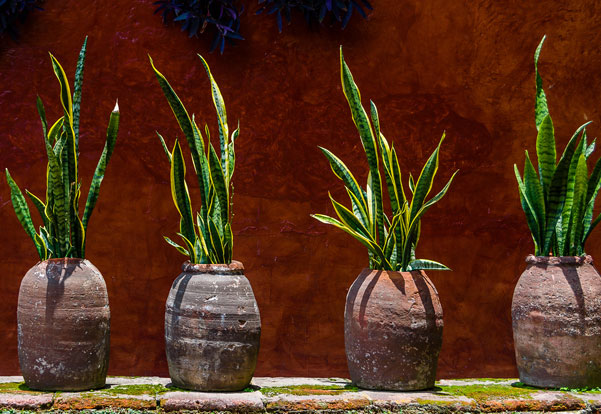Home is where the heart is, after all. By Sam Wylie-Harris.
Whether you’re staying in or going out, Valentine’s Day celebrations begin at home – so why not make it a day to remember with a special pressie to pimp up their pad, or yours?
A desirable display, sexy seating, a little love message, or something sweet or super-groovy is where it’s at in the loved-up world of interiors.
Here’s what’s on the hot list and pulling our heartstrings right now…
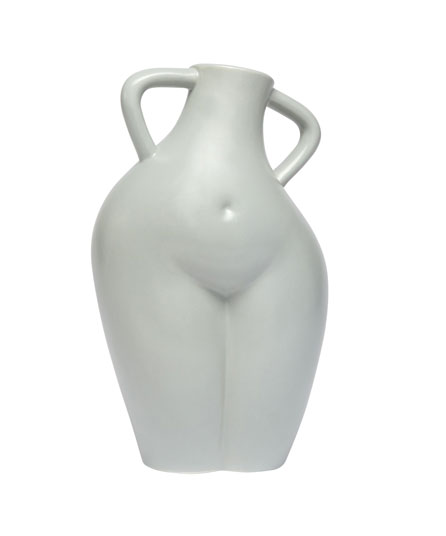
1. George Home Body Vase, £12, Direct.asda.com
With its curvaceous body and attractive silhouette, this va-va-voom vase will bring a smile, with or without a bouquet.
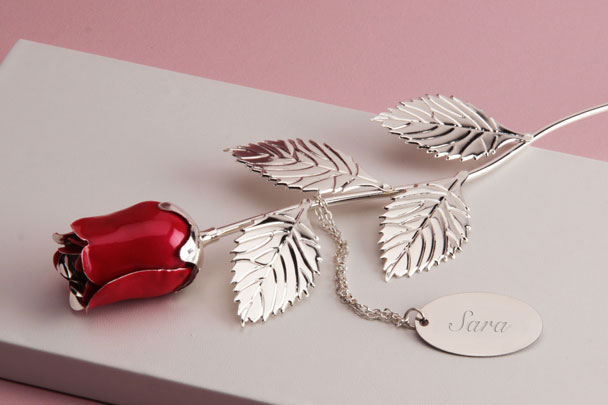
2. Silver Valentine’s Rose, £24, Engravers Guild of London
Who wouldn’t want to wake up with an everlasting rose on their pillow? Plated in sterling silver, a gift box and engraving are included.

3. Retro Cursive Love Embroidered Cushion Pink/Coral, £45, Stripy Heart Embroidered Cushion Pinks, £49.50 (others from a selection), Bombay Duck
Pop art and pom-poms – a magic combo. These stylish slogan cushions can be scattered here, there and everywhere.

4. Ola Dusty Pink Velvet Tub Chair, £495, Oliver Bonas
This glamorous cocktail chair is perfect for posing. Cheeky Cosmopolitan cocktail optional.

5. Pink Round Bedside Rug with Red Heart, £32, Rockett St George
Flirty and fluffy, even Cupid would be lovestruck with this attention-grabbing rug.

6. Twist Candle Pink, £26, Monday
Pretty in pink, this handmade decorative double-act is almost too good to light, and oh-so fun to look at.

7. Darling! Heart Trinket Dish Darling Rose, and Heart Trinket Dish Lovely Aqua, £9.50 each, Bombay Duck
Whether for knick-knacks, baubles or bon-bons, shout it loud with these neat novelty dishes.

8. Midas Kiss Gold Lips Planter, £49.95, Antique Gold Peace Hand Vase, £36, Ribbed Martini Cocktail Glasses – Set of 4, £44, Anouk Red Velvet and Rattan Armchair, £575 (other items from a selection), Audenza
It’s bound to be love at first sight with this decadent red velvet accent chair, which channels glam Seventies nightclub vibes. However, if it’s a little over budget, the gold lips planter deserves a date-night kiss.

9. Pyramid Glasses Poster, currently from £9.72 (was from £14.95, frame not included), Desenio
With rosé champagne on the cards, this funky poster is the perfect backdrop for loved-up selfies or styling a romantic corner for celebratory cocktails.
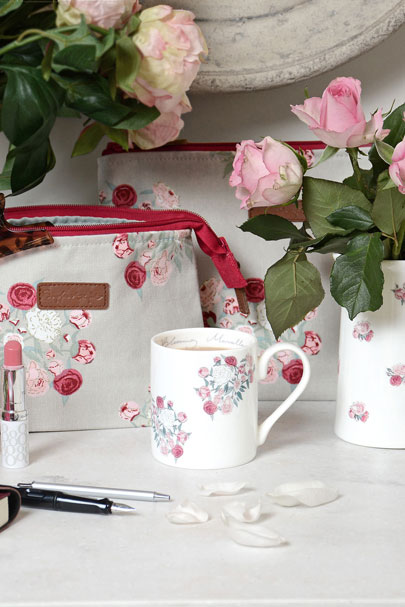
10. Peony Blooming Marvellous Mug, from £12.50, Sophie Allport
A sweet way to show your feelings, peonies symbolise love, happiness and good fortune.
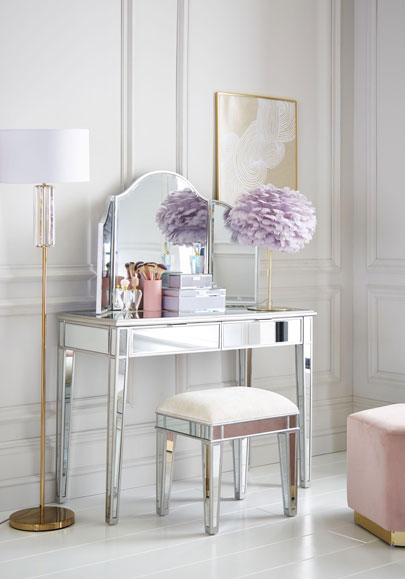
11. STAR by Julien Macdonald Lyra Mirrored 2 Drawer Dressing Table, £259, Dressing Table Mirror, £129, Mirrored Stool, £129, Feathered Shade Brushed Gold Table Lamp, £67 (was £99), Freemans
This dazzling dressing table set has a sprinkling of Hollywood stardust, especially with its mirrors and silver detailing, matching velvet stool and feather table lamp to set their heart aflutter. Fabulous.
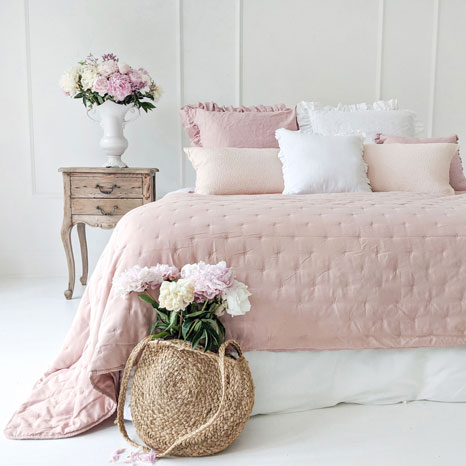
12. Peachskin Quilted Bedspread in Petal Pink, £98 (other items from a selection), The French Bedroom Company
And so to bed… This beautiful bedspread in soft pink can be styled up with romantic ruffle pillows for maximum impact. Plus its mid-weight, so suits most seasons and drapes like a dream. Bliss.

